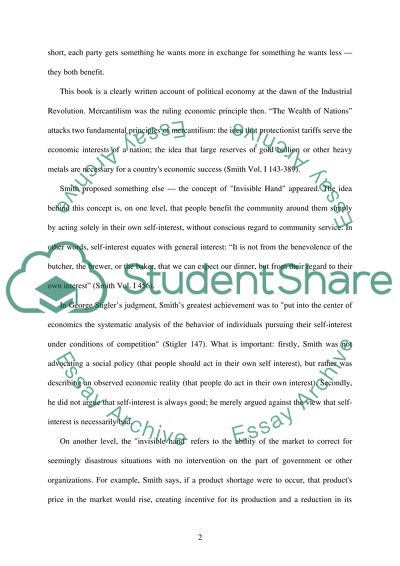Cite this document
(Adam Smith & John Maynard Keynes Literature review - 1, n.d.)
Adam Smith & John Maynard Keynes Literature review - 1. Retrieved from https://studentshare.org/macro-microeconomics/1535625-adam-smith-john-maynard-keynes
Adam Smith & John Maynard Keynes Literature review - 1. Retrieved from https://studentshare.org/macro-microeconomics/1535625-adam-smith-john-maynard-keynes
(Adam Smith & John Maynard Keynes Literature Review - 1)
Adam Smith & John Maynard Keynes Literature Review - 1. https://studentshare.org/macro-microeconomics/1535625-adam-smith-john-maynard-keynes.
Adam Smith & John Maynard Keynes Literature Review - 1. https://studentshare.org/macro-microeconomics/1535625-adam-smith-john-maynard-keynes.
“Adam Smith & John Maynard Keynes Literature Review - 1”. https://studentshare.org/macro-microeconomics/1535625-adam-smith-john-maynard-keynes.


